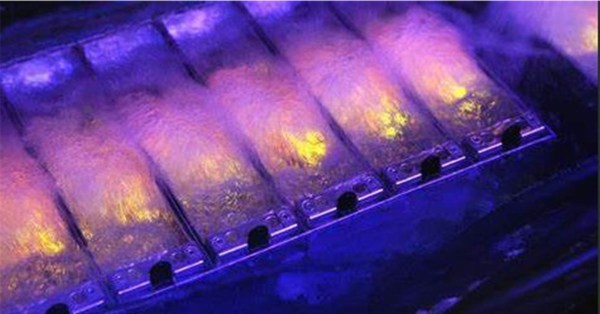Data centers are packed full of IT equipment and the infrastructure needed for them to operate. Although this equipment and infrastructure has become more energy efficient over the years, it still generates a lot of heat. This means that effective cooling is vital. With that in mind, here is a quick guide to what you need to know about cooling infrastructure in data centers.
The importance of data center cooling
It is impossible to overstate the importance of data center cooling. Here are five of the key reasons why it is vital to operational performance.
Fire prevention: Effective cooling systems prevent overheating. This is a leading cause of electrical fires in data centers.
Staff safety: Overheated conditions can pose health risks, while properly regulated temperatures help maintain a comfortable and secure workspace.
Data preservation: Excessive heat can cause data loss and corruption. By keeping temperatures stable, cooling systems protect sensitive data stored on servers and other equipment.
Equipment performance: Overheating can lead to hardware malfunctions. It can also reduce the expected lifespan of hardware. Reliable cooling ensures that servers and other critical components operate efficiently and without interruption.
Cost management: Efficient cooling prevents the disruption caused by overheating and hence eliminates its associated costs.
Types of data center cooling solutions
The mainstays of data center cooling solutions are HVAC systems. These are now complemented by a wide range of other cooling solutions both active and passive. Here is an overview of the key data center cooling solutions.
HVAC systems
The HVAC (Heating, Ventilation, and Air Conditioning) systems used in data centers are large, complex systems with multiple components. Here is an overview of their key parts and what they do.
Air conditioners: Air conditioners are responsible for cooling the air within a space. They contain evaporator coils filled with a refrigerant that absorbs heat from the indoor air. As the air passes over these coils, it is cooled and then circulated back into the room.
Furnace/heat pump: In systems that provide both heating and cooling, a furnace or heat pump is used to generate heat. In heating mode, the heat pump extracts heat from the outside air and transfers it indoors. The furnace uses a fuel source, such as gas or oil, to generate heat. These are rarely needed in data centers but are often included for completeness.
Thermostat: The thermostat serves as the control center of the HVAC system. It allows users to set the desired temperature and activates the heating or cooling equipment accordingly. Modern thermostats often include programmable features for energy efficiency.
Air handlers: Air handlers distribute conditioned air throughout the building. They contain fans that push air through ductwork to various rooms. Air handlers may also include filters to remove dust, pollen, and other airborne particles from the air.
Ductwork: Ductwork is a network of channels that deliver air from the HVAC system to different areas of the building. It also serves as a pathway for return air to be brought back to the air handler for reconditioning.
Evaporator and condenser coils: These coils are integral to the refrigeration cycle in air conditioning systems. The evaporator coil absorbs heat from the indoor air, while the condenser coil releases heat to the outdoor air. Refrigerant flows through these coils, changing state from liquid to gas and back again as it absorbs and releases heat.
Compressor: The compressor is the heart of the refrigeration cycle. It pressurizes the refrigerant, increasing its temperature and causing it to change state from a low-pressure vapor to a high-pressure gas. This process is essential for the transfer of heat between the indoor and outdoor environments.
Expansion valve: The expansion valve regulates the flow of refrigerant into the evaporator coil. By controlling the rate at which refrigerant enters the coil, the expansion valve helps maintain the desired temperature inside the building.
Innovative cooling solutions
Here is a quick rundown of the main innovative cooling solutions that are now being used alongside HVAC systems.
Immersion cooling: Involving submerging servers in dielectric fluids within enclosures, alongside heat exchangers and circulation pumps, to efficiently dissipate heat.
Direct-to-chip cooling: Utilizing microchannels, coolant delivery systems, and heat exchangers to deliver coolant directly to chips, enhancing thermal management at the component level.
Evaporative cooling: Using water spray systems, cooling towers, and fans to regulate temperature by evaporating water and cooling the surrounding air, often combined with other cooling methods for enhanced efficiency.
Heat rejection systems: These systems, such as cooling towers or dry coolers, dissipate heat generated by cooling equipment, often by transferring it to the atmosphere or a separate water loop.
Heat exchangers: Facilitating the transfer of heat between different mediums, such as air-to-air, air-to-liquid, or liquid-to-liquid, to assist in cooling data center equipment.







